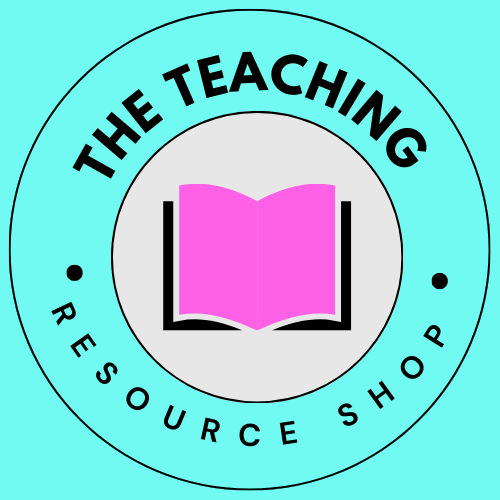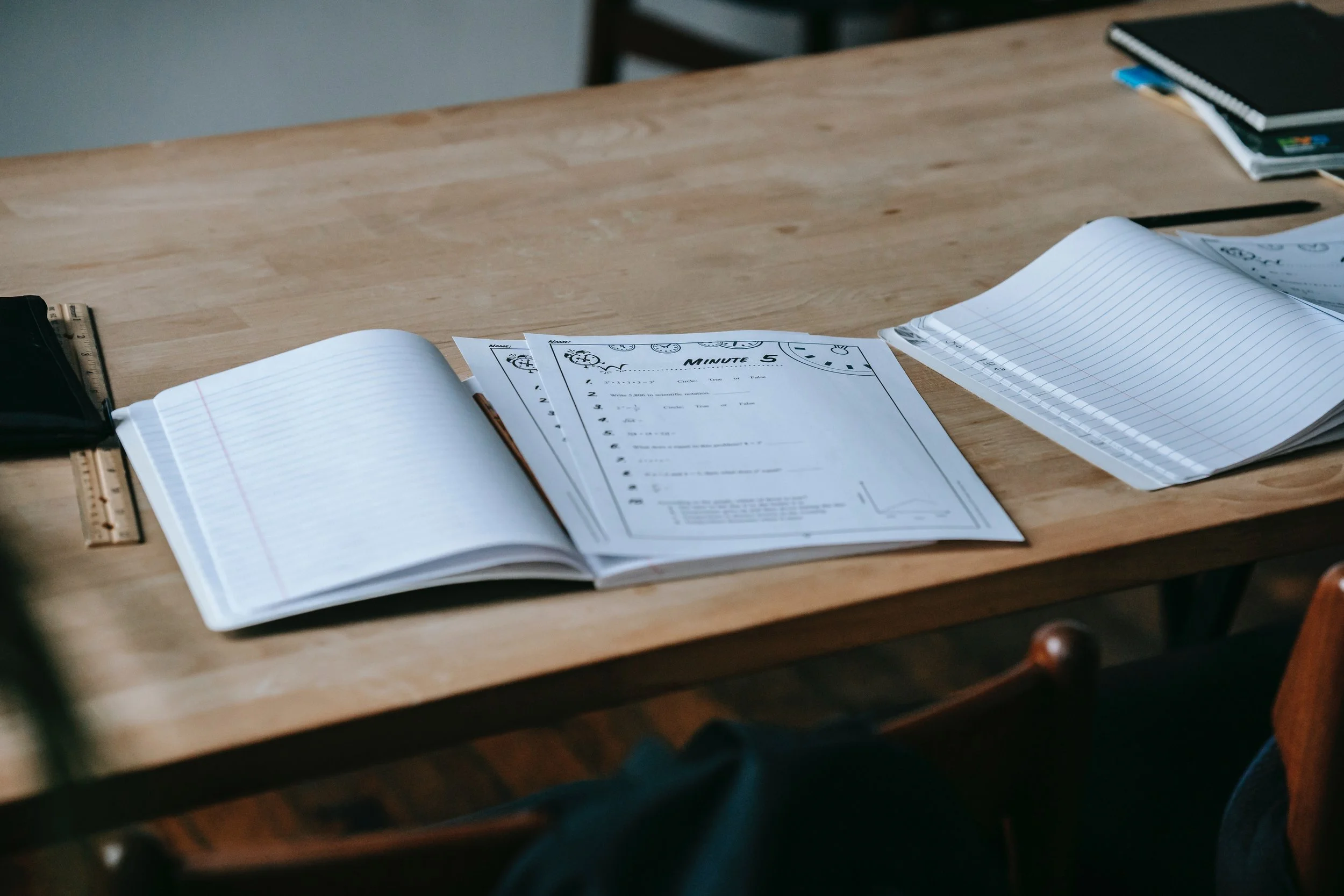Using Experiential Learning In The Classroom
Experiential learning is a practical educational approach that brings real-world experiences into the classroom. Engaging students in hands-on activities and practical applications enhances their understanding and retention of knowledge. Unlike traditional methods that rely heavily on lectures and textbooks, experiential learning encourages active participation, critical thinking, and problem-solving skills.
Incorporating experiential learning in the classroom fosters a dynamic and interactive environment. Teachers give students opportunities to explore, experiment, and collaborate with their peers, leading to deeper comprehension and a greater sense of ownership over their education. Students can bridge the gap between theory and practice through experiential learning by directly applying concepts and ideas to real-life scenarios.
Moreover, experiential learning promotes creativity, adaptability, and resilience, as students encounter challenges and learn to overcome them. It also cultivates essential life skills such as communication, teamwork, and decision-making. By immersing students in authentic experiences, experiential learning fosters a love for learning and prepares them for the complexities of the real world.
In conclusion, incorporating experiential learning in the classroom provides a transformative educational experience that empowers students, encourages active learning, and equips them with the skills necessary for success in the 21st century.
Experiential learning engages students, promotes critical thinking, and enhances long-term knowledge retention.


